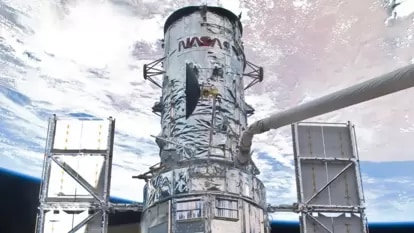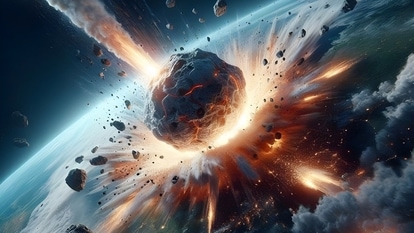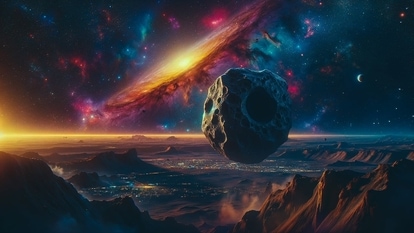Astonishing! Butterfly Nebula got WINGS! NASA reveals secret
The new study by NASA revealed the secret behind the Butterfly Nebula wings. Notably, most nebulae have circular shapes, but this one is different.
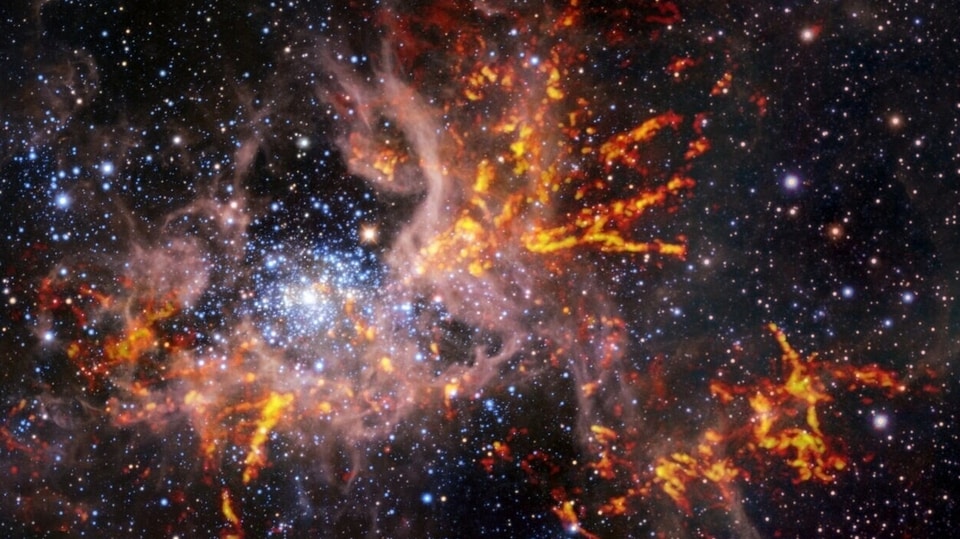
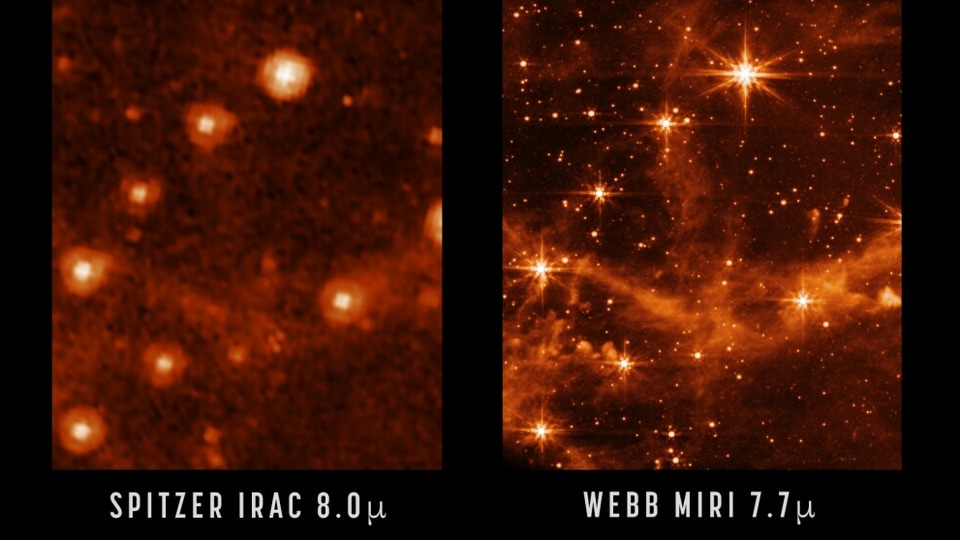

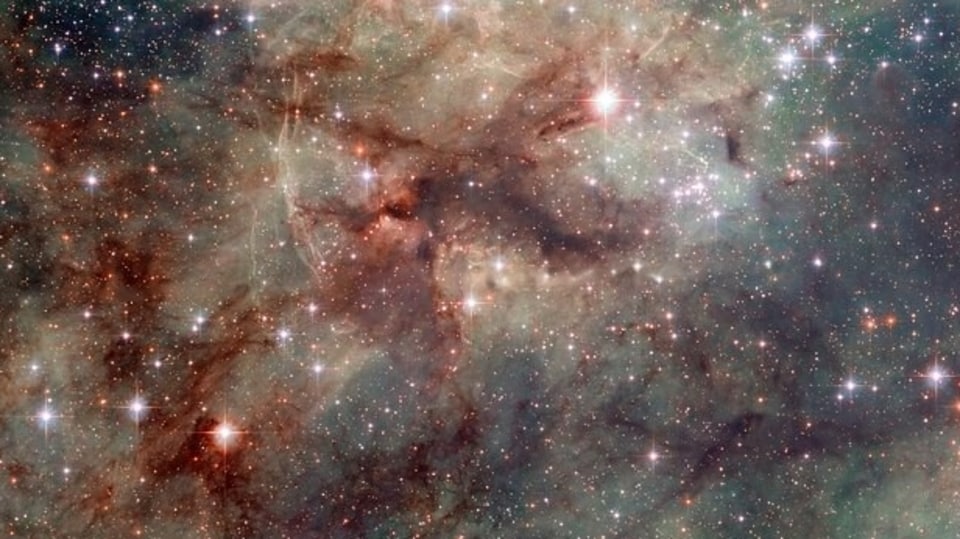


 View all Images
View all ImagesNASA has shocked and awed the public with astonishing images take of objects found in deep space. Whether these images were of stars, planets, Sun, galaxies, asteroids, comets and other celestial objects, they have been simply breathtaking. Now, NASA has shared an astonishing image of a unique Nebula known as NGC 6302, which looks like the wings of a Butterfly. Yes, you read that right. Most of the nebulae have a roughly circular shape, but only a few have an hourglass or wing-like shape which is known as a "Butterfly Nebula." But what gave this Butterfly Nebula wings? NASA reveals secret behind the awesome phenomenon.
How Butterfly Nebula got its wings
Significantly, the wings are formed by the gravitational tug of a second star orbiting the nebula's "parent" star, it allows the material to expand into a pair of wings, Science Daily reported. Over a period of time, these wings grow without changing their original shape. However, a team led by astronomers at the University of Washington compared two images by NASA's Hubble Space Telescope in 2009 and 2020, which showed dramatic changes in the wings of the Nebula.
The study revealed that "roughly half a dozen "jets" -- beginning about 2,300 years ago and ending 900 years ago -- pushing material out in a series of asymmetrical outflows." It further says that the material is moving rapidly in the outer portion of the Nebula at a fiery speed of 500 miles per second. On the other hand, material closer to the center of the star is moving at a much slower rate, which is almost a tenth of that speed. The paths of the material cross one another to form a complex structure within the wings.
However, the study also says that the nebula's multi-polar and swiftly changing interior structure is complex to explain while using the current models of planetary nebulae formation and evolution. There are chances that the center of the Nebula could have merged with another companion star and exerted material from a nearby star to create a complex magnetic field and generate the jets.
This new study and other time-lapse analyses of planetary nebulae can help to understand how the materials for the star systems of tomorrow will take shape. Also, it will explain how the building blocks of our own oasis were produced and gathered billions of years ago,” the study mentioned.
Catch all the Latest Tech News, Mobile News, Laptop News, Gaming news, Wearables News , How To News, also keep up with us on Whatsapp channel,Twitter, Facebook, Google News, and Instagram. For our latest videos, subscribe to our YouTube channel.



